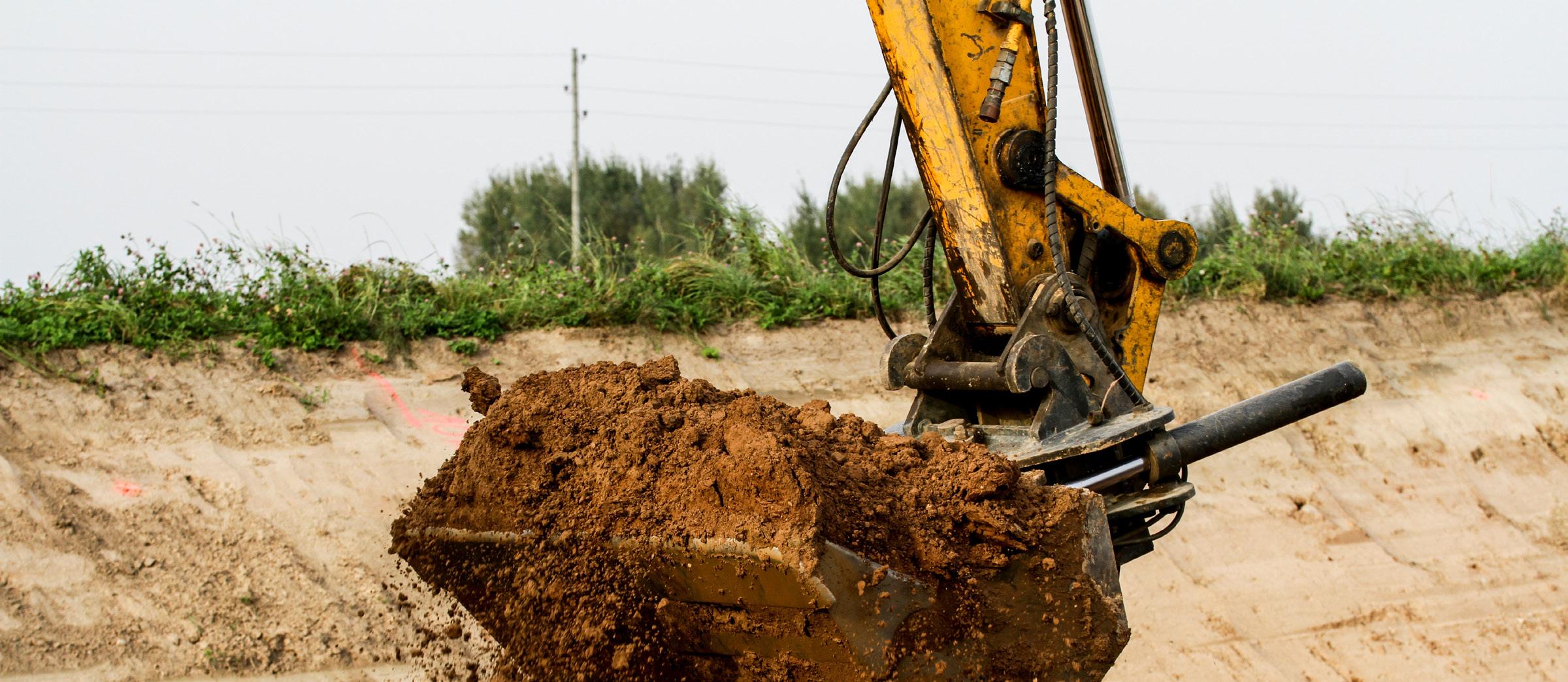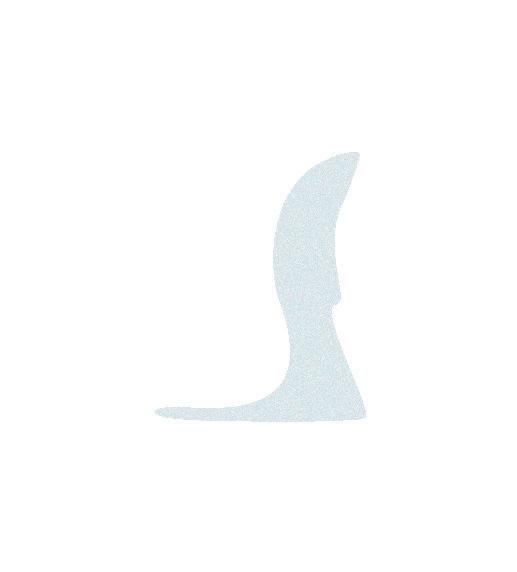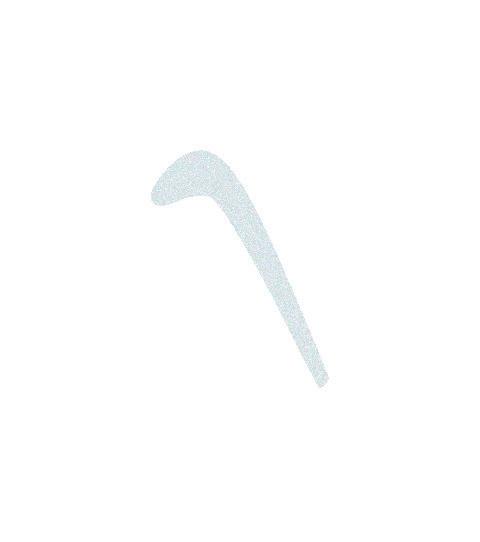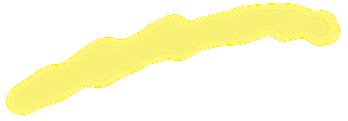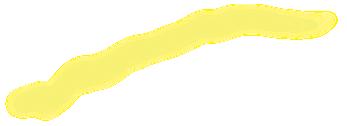

OVERHEAD AND UNDERGROUND HAZARDS
How can you protect yourself?
Before working under or near overhead power lines, ensure that you maintain a safe distance to the lines and, for very high-voltage lines, ground any equipment, such as cranes, that can become energized. If working on power lines, ensure that the lines have been de-energized and grounded by the owner or operator of the lines. Other protective measures like guarding or insulating the lines help prevent accidental contact.
Employees unqualified to work with electricity and mechanical equipment should remain at least 10 feet (3.05 meters) away from overhead power lines. If the voltage exceeds 50,000 volts, the clearance increases by 4 inches (10 centimeters) for each additional 10,000 volts.
When mechanical equipment is operated near overhead lines, employees standing on the ground should avoid contact with the equipment unless it is located outside the danger zone. When factoring in the safe standoff distance, be sure to consider the equipment’s maximum reach. OSHA 3075 2002 (Revised) https://www.osha.gov/
Underground Utilities
Whether you call 8-1-1 or use ITIC to file locate requests, North Dakota One Call ensures you can navigate the one-call process as easy as possible. Whether you are a professional contractor working on a project or a novice homeowner just installing a fence - Contact us EVERY TIME YOU DIG to ensure no underground lines are damaged. It’s free for homeowners, it’s easy, AND it’s the law. Dig safe!
After markings have been made, excavators are required to maintain a minimum horizontal (side to side) clearance of two feet (24”) between an unexposed facility and the cutting edge or point of any power-operated excavating or earth-moving equipment. For example, if the markings indicate a 6” pipe is buried, the “hand-dig zone” is 54” wide (3” + 24” on each side of the mark). If excavation is required within the “hand-dig zone,” the excavation must be performed very carefully, with vacuum excavation or hand tools, and without damage to the facility or undermining of lateral support.
Excavators are reminded that facility depths may vary due to installation practices, changes in the grade, erosion, and other variables. Therefore, any depth readings given by a locator, if given at all, only indicate the approximate depth of the facilities.
If a facility has been exposed during digging, the excavator must inspect and support the facilities before backfilling. The excavator also must inspect facilities for any damage, including the pulling or kinking of the facility or damage to the protective coating or covering. If damage exists, it is the excavator’s responsibility to notify the facility owner directly immediately. If there is any question about possible danger, we strongly recommend contacting the facility owner for instructions.
North Dakota law requires an excavator to contact North Dakota One Call if the excavator has reason to believe marks are incorrect or missing. Excavators should also plan their work to minimize damage to markings. Please remember to remove all flags when your project is completed.
